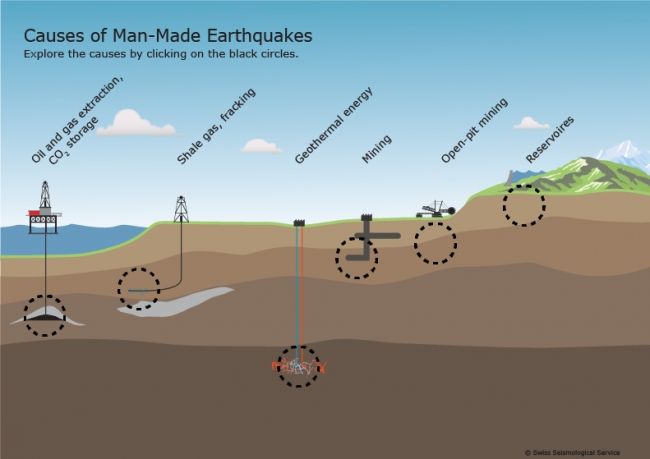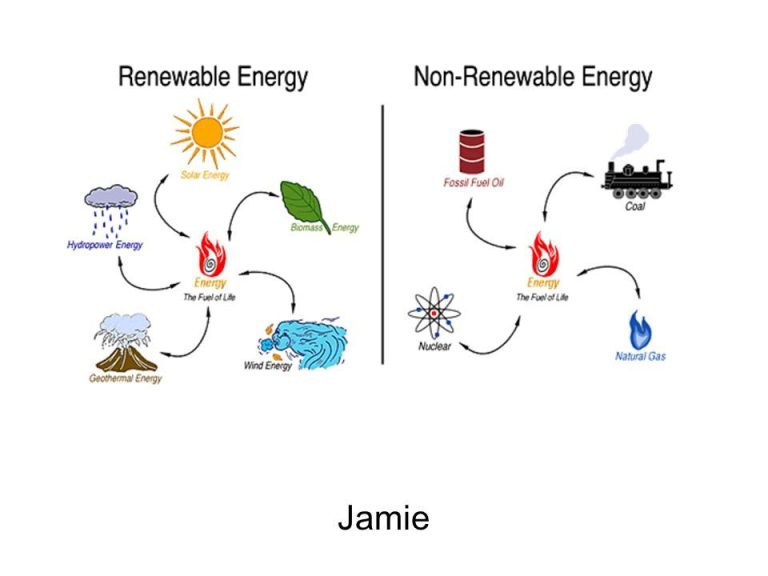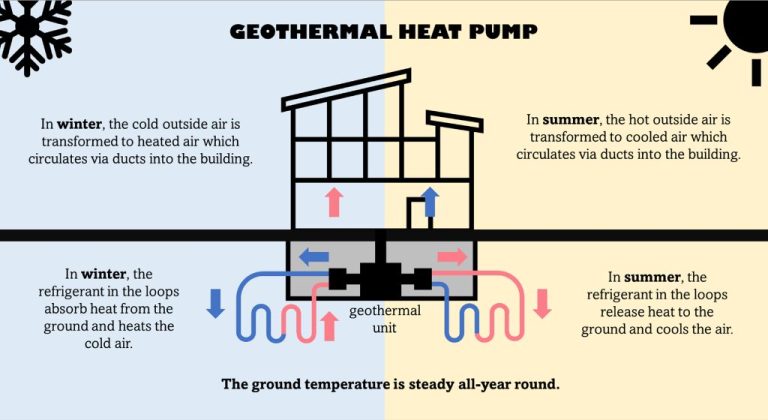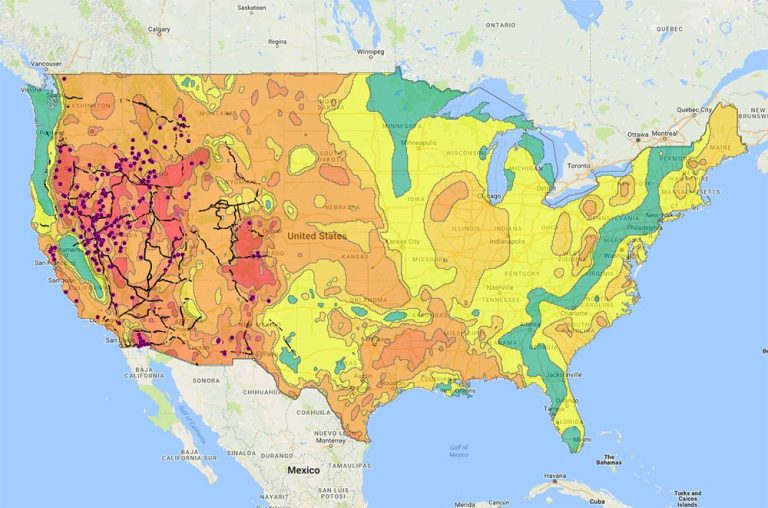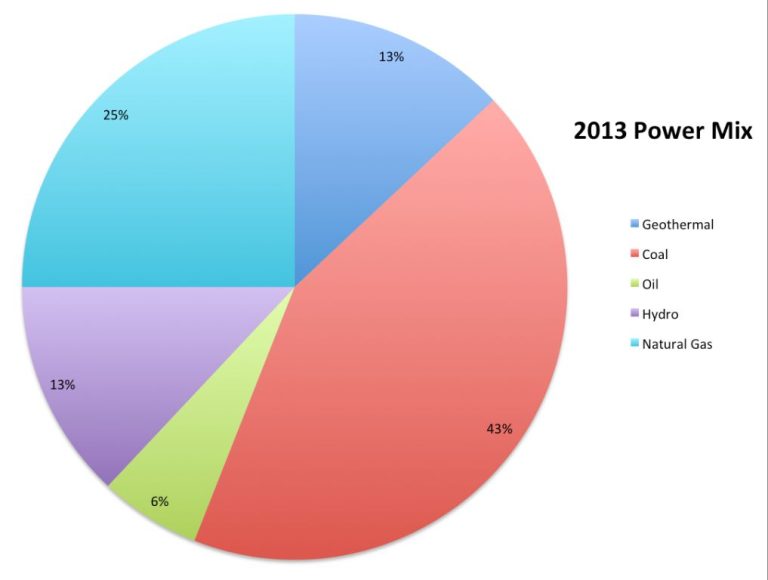Is Geothermal A Clean Resource?
What is geothermal energy?
Geothermal energy is heat derived from the earth. The word “geothermal” comes from the Greek words geo (earth) and therme (heat). According to the U.S. Department of Energy, geothermal energy is heat energy generated and stored in the Earth (Energy.gov, 2022).
Geothermal energy originates from the heat retained within the earth’s core since the original formation of the planet. The core of the earth is as hot as the sun’s surface, estimated at approximately 10,800 degrees Fahrenheit. The tremendous heat within the earth’s core comes from a combination of residual heat from planetary formation as well as heat produced through radioactive decay (EIA.gov, 2022).
This heat from the earth’s core then migrates outwards towards the crust of the earth. The outward heat flow results in rising temperatures as you go deeper below the earth’s surface. Geothermal energy utilizes this rising heat by tapping into the naturally heated water and steam reservoirs found within the Earth’s crust to produce energy (TWI Global, 2022).
Types of geothermal energy
There are two main ways geothermal energy is used – for electricity generation and for direct use applications.
For electricity generation, there are three types of geothermal power plants:
- Dry steam power plants use steam from a geothermal reservoir to directly turn turbines and generate electricity. They are the oldest and simplest type of geothermal power plant.
- Flash steam power plants take high temperature water above 300°F from a geothermal reservoir, drop the pressure causing the water to vaporize into steam, and use the steam to drive a turbine.
- Binary cycle power plants transfer the heat from geothermal water to another liquid. The secondary liquid boils at a lower temperature than water, so it vaporizes to drive the turbine. Then the secondary liquid is condensed and reused.
For direct use applications, geothermal resources provide:
- Space heating and cooling for buildings
- Heat for greenhouse and aquaculture facilities
- Therapeutic heat for spas and hot springs
- Industrial process heat
Direct use of geothermal energy dates back thousands of years. Today, direct use applications are found in over 80 countries worldwide.
Geothermal electricity generation
Global geothermal power capacity was about 15.4 gigawatts (GW) in 2019, with over 23% of that capacity (3.68 GW) installed in the United States. However, geothermal still only accounts for around 0.5% of renewable energy capacity for electricity generation worldwide according to IRENA. Countries like Iceland, Indonesia, Philippines, and Chile lead the world in adoption of geothermal electricity.
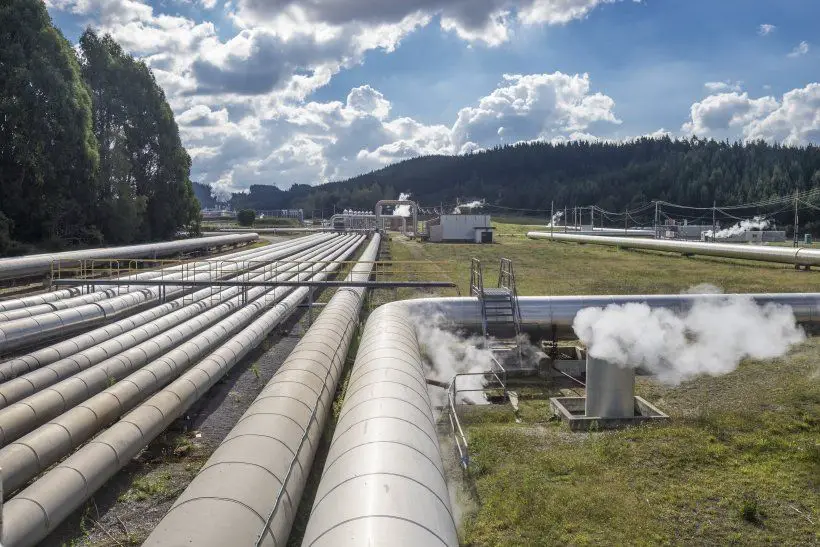
The installed capacity of geothermal electricity generation has grown steadily over the past decades, from around 1 GW in 1975 to over 15 GW by 2019 according to Wikipedia. This growth is expected to continue as more countries recognize the value of geothermal as a clean, renewable baseload resource.
In terms of cost, geothermal power plants can be expensive to build but have very low operating costs compared to fossil fuel plants. The levelized cost of electricity from geothermal plants ranges from $0.04 to $0.14 per kWh, making it competitive with other renewable and conventional sources according to IRENA.
Environmental impacts
Geothermal energy does have some environmental impacts that need to be considered. Three main areas of concern are land use and induced seismicity, water use and contamination, and air and noise pollution.
The land area required for geothermal plants is relatively small compared to other renewable energy sources. However, constructing geothermal plants can lead to subsidence and induced earthquakes, especially when water is pumped out of reservoirs faster than it is replenished (https://www.ucsusa.org/resources/environmental-impacts-geothermal-energy). Proper site selection and fluid injection practices can help mitigate these risks.
Large amounts of water are required by geothermal power plants for cooling and to drive turbines. This water often contains chemicals like sulfur, silica, and chloride, which can contaminate local groundwater if released (https://www.eia.gov/energyexplained/geothermal/geothermal-energy-and-the-environment.php). Systems need to be in place to properly treat geothermal water before discharging it back into the environment.
Finally, geothermal plants emit hydrogen sulfide, carbon dioxide, ammonia, and methane into the air. The plants also generate noise pollution. Emissions are generally much lower compared to fossil fuel plants, but scrubbing technology and noise reduction methods should be employed where possible.
Carbon emissions
Geothermal power plants produce significantly fewer lifecycle carbon emissions compared to fossil fuel power plants. According to the U.S. Department of Energy, geothermal power plants release just one-sixth the amount of carbon dioxide of a natural gas power plant per kWh of electricity produced. This is because geothermal plants do not actually burn any fuel to generate electricity.
The carbon intensity of geothermal energy is estimated to be just 15 grams of CO2 per kWh. In comparison, natural gas has a carbon intensity of between 400-600 gCO2/kWh depending on the technology used. This makes geothermal energy’s carbon footprint up to 40 times smaller than natural gas. Geothermal’s emissions are similar to other renewable sources like wind and solar.
While geothermal reservoirs do contain naturally occurring carbon dioxide that can be released when geothermal fluids are brought to the surface, the overall emissions are still far below fossil fuel power plants. Proper reservoir management can minimize even these emissions. Overall, geothermal is considered a very low-carbon source of reliable renewable electricity.
Other pollution
Geothermal plants can release some toxic gases during operation, mainly hydrogen sulfide. Hydrogen sulfide is corrosive, poisonous at high concentrations, and has a rotten egg odor. While emissions are relatively low, they can still raise health concerns for plant workers and people living nearby. Proper filtering and scrubbing systems are important for reducing hydrogen sulfide emissions from geothermal plants.
The wastewater extracted from geothermal reservoirs brings up dissolved chemicals like boron, arsenic, and mercury. This wastewater must be properly handled and injected back underground to avoid contaminating soil or water resources. Most modern geothermal plants are designed to fully reinject the geothermal fluids back into the reservoir after use. With responsible reservoir management, the wastewater impacts can be minimized.
Sustainability
Geothermal energy is considered a sustainable and renewable resource because the heat emanating from the Earth’s interior is continuously replenished. The Earth’s core is over 4 billion years old and still gives off enough heat that flows to the surface for geothermal power generation, indicating an enormous amount of heat energy available (EIA). According to the Department of Energy, experts estimate that if only 2% of the heat below 6 miles of the Earth’s surface could be tapped, it would provide enough electricity to supply the U.S.’s needs for the next 30,000 years (DOE).
The geothermal industry is also working to improve efficiency in generating electricity from geothermal reservoirs. Technologies like binary cycle power plants, which use hot water to vaporize a secondary fluid with a lower boiling point, allow electricity generation from lower temperature water of 225-360°F. This expands the potential locations for geothermal power while also improving conversion efficiencies (EIA).
Public perception
Public support for geothermal energy is generally positive, though there are some concerns. According to a 2017 community survey, many people view geothermal as a clean, renewable energy source. However, some are concerned about potential earthquakes and groundwater contamination from geothermal sites. A 2021 survey found that public awareness of geothermal energy remains relatively low compared to other renewables. Raising awareness of geothermal’s benefits as a baseload, low-emission energy source could increase public support.
Cost Effectiveness
Geothermal energy has high capital costs but very low operating costs compared to conventional energy sources. The initial cost of constructing a geothermal power plant is estimated between $2,500 to $5,600 per kilowatt of capacity, with an average cost of $4,500 per kilowatt. However, geothermal power plants have a typical availability factor above 90% and low maintenance costs, ranging from $0.01 to $0.03 per kilowatt-hour generated [1]. In comparison, coal power plants cost $1,964 per kilowatt, natural gas combined cycle plants cost around $1,021 per kilowatt, and nuclear power costs $6,099 per kilowatt in capital costs [2].
The operating costs for geothermal plants are among the lowest of any energy source. Geothermal electricity costs between 7.8-22.5¢ per kWh, comparable to or lower than coal (10-17¢ per kWh), natural gas (7-13¢ per kWh), and nuclear (11-19¢ per kWh) [3]. The low operating costs offset the higher initial capital costs over time.
Conclusion
In summary, geothermal energy has several attributes that make it a clean and renewable energy source. Geothermal plants emit little to no greenhouse gases, as they do not burn fossil fuels to generate electricity. The carbon emissions from geothermal plants are estimated to be 4-20 times lower than solar PV, making geothermal’s carbon footprint very small. Geothermal energy is also sustainable if managed properly, as heat can be extracted from reservoirs without depleting the resource. While geothermal plants can release trace amounts of sulfur dioxide and hydrogen sulfide, these emissions are negligible especially compared to fossil fuel plants.
As the world transitions to renewable energy, geothermal has an important role to play. The ability to provide constant baseline power regardless of weather or time of day makes geothermal a reliable complement to intermittent sources like wind and solar. Countries with substantial geothermal resources, like Iceland and New Zealand, already generate a large share of their electricity from geothermal. With further development, enhanced geothermal systems could dramatically expand the potential for geothermal energy worldwide. Overall, geothermal is one of the cleanest and most sustainable energy sources available.

